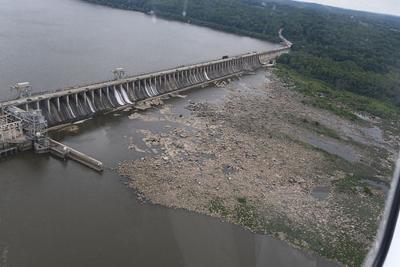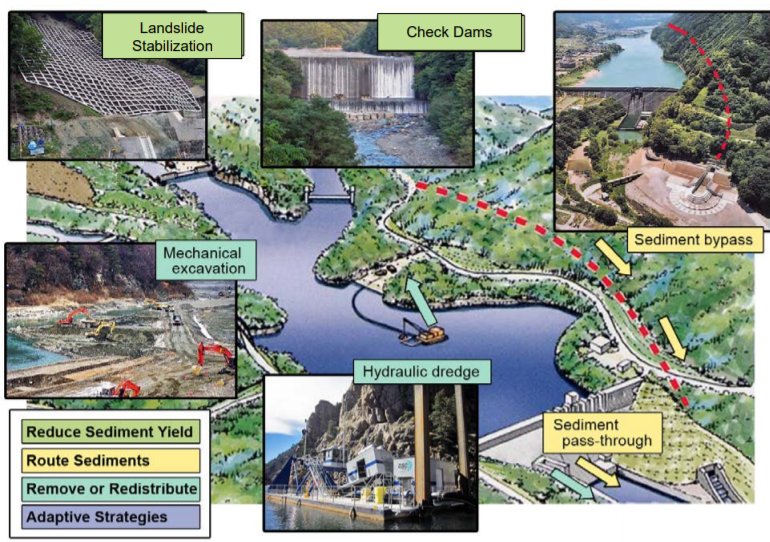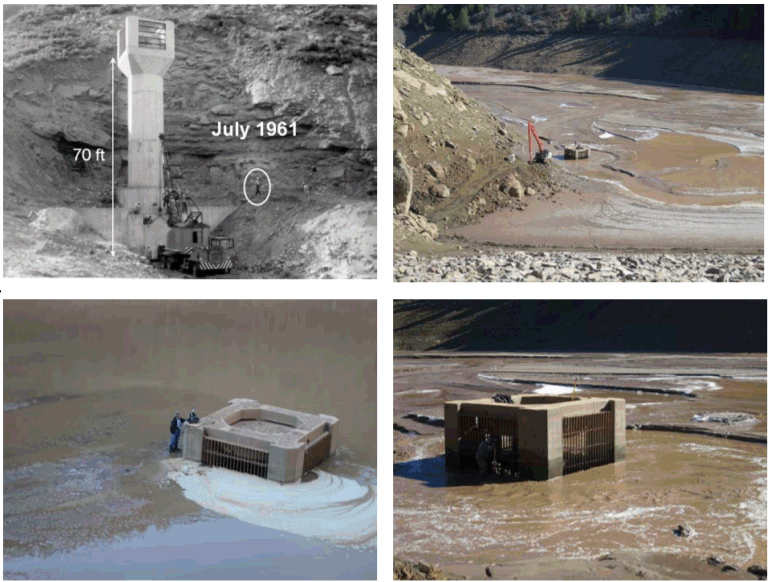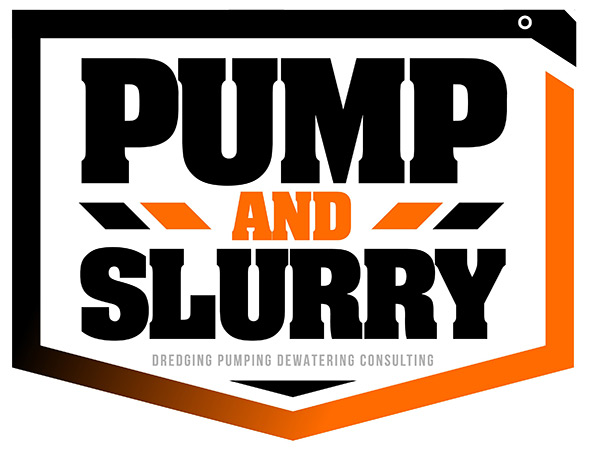Reservoir Dredging
We provide Reservoir Dredging consulting and services
Dredging Services |
Sediment Management
With sophisticated computers and global positioning system equipment, we are able to position the dredge and remove sediment without disturbing the original reservoir bottom.
Many reservoirs were designed for some sedimentation but it’s the age of the reservoirs that is the issue. Most are middle-aged and headed for the twilight years.
The dredge slurry of water & sediments is pumped through a temporary pipeline to the settling basin.
Reservoir operators to aid in the implementation and execution of accumulated residual removal plans. This is often accomplished by either hydraulic dredging, or conventional mechanical dredging, or both.

Restore Aging Reservoirs
The vast majority of the nation’s water storage reservoirs were constructed decades ago, and since construction, they have been trapping the sediment (clay, silt, sand, and gravel) eroded from the land surface of the upstream watershed, and carried downstream by river flow. The downstream transport of sediment by river flow is particularly evident during floods, when waters run turbid with eroded soil. In most reservoirs, the accumulating sediment consists of clay, silt, sand, and gravel particles.
Without active management, the continual accumulation of sediments gradually displaces the storage volume in a reservoir, which risks ultimately rendering the reservoir useless for capturing and storing water. In addition, long before the reservoir has lost its water storage capacity, numerous problematic sedimentation impacts can occur, including reduction in the reliability of water supply, burial of dam outlets and intakes for water supply and power production, damage to hydropower and pumping equipment, burial of boat ramps or marinas, impairment to navigation, reduction in the surface area for lake recreation, increased flood levels upstream, downstream channel degradation, and other
environmental impacts.
The loss or degradation of legacy water infrastructure will impose significant financial and environmental burdens on future generations, compounded by the fact that replacement sites for most dams and reservoirs are not readily available. The most appropriate dam sites have already been utilized, and they are losing their storage capacity. Removal and storage of large volumes of sediment on land, while technically feasible, can be costly, and there typically isn’t room to sustainably store inflowing sediments.

Dredging is Part of a Sustainable Sediment Management Planning Process
These include the reduction of sediment yield from the upstream watershed, routing the inflowing sediments through or around the reservoir, removing sedimentation by dredging from the reservoir or redistributing sediments within the reservoir, and adaptive strategies to better cope with reservoir sedimentation.. Adaptive strategies can use a combination of the above-mentioned methods and alternative reservoir operations to manage sedimentation.
The accumulation of sediment in the nation’s reservoirs is an ongoing and frequently overlooked issue that is steadily degrading our ability to regulate water supply and reduce flood risk, both of which are key in supporting our society and the nation’s economic activities. While past generations undertook the task of building and financing the infrastructure required to provide water supply and flood risk reduction, the present and future generations must meet the challenge of sustaining reservoir viability against the relentless inflow of sediment. Because today’s reservoirs were seldom designed to manage sedimentation, new active and vigorous management strategies are needed to achieve reservoir sustainability. This white paper describes the problem of reservoir sedimentation, its origins, current and future implications, and measures to manage this problem to sustain the benefits of water supply and flood risk reduction into the indefinite future.

Reservoir Sediment Design Life
Paonia Reservoir reached the end of its sediment design life after 50 years when the outlet became clogged with sediment and woody debris. The outlet works were constructed in 1961, 70 feet above the reservoir bottom (top left). During 2014, a long-reach excavator was used to clear wood and sediment (top right). The sediment level at
the dam was 3 feet higher than the outlet works (bottom left and right).
The nation’s dams and reservoirs are aging and losing their capacity to deliver their design benefits, but our society will continue to need the water supply, hydropower, flood risk reduction, recreation, and other benefits that reservoirs supply into the indefinite future. To mitigate these impacts, active sedimentation management methods are needed to extend the life of our reservoirs, converting them from non-sustainable resources to sustainable resources. This will require a variety of interventions to our existing and aging hydraulic infrastructure, to achieve a sustainable natural resource.
The sustainable management of reservoirs to preserve long-term capacity represents a fundamental shift from the traditional design life approach where reservoirs simply continue to fill with sediment until abandonment. A new sustainable-use approach is both necessary and feasible and is being developed and implemented at a growing number of reservoirs worldwide. Achieving sustainable utilization of the nation’s water resources will require better monitoring data, changes in reservoir operations, structural modifications to dams, and modifications to the environmental regulatory framework.
Sediment Deposition in Reservoirs
Sediment surveys can provide a meaningful retrospective estimate of sediment yield from a watershed provided the reservoir trap efficiency and the volume and density of the deposited sediment can be accurately assessed. There are basically four ways to estimate sediment flux (rate of sediment transport) in lakes and reservoirs. The oldest method was based on past NRCS methodologies given in Section 3 Chapter 5 of the National Engineering Handbook and involves dividing the reservoir up into segments along which surveys are conducted. At spots along the survey or range lines, sediment depth is noted with either a “spud bar” or by physically inserting a probe to estimate the pre-impoundment depth. Upon completion of all the range lines, the sediment volume is estimated by either the contour method or range method.
The second method involves surveying the reservoir with a simple depth sonar device (fish-finder) and noting position by
either surveying techniques or more recently GPS. The survey records depth to the water bottom. The surveys are then repeated several years later across the same general points and the difference is taken as the sediment flux.
The third method, developed by Dunbar et al. (1999) involves using a more sophisticated acoustical sounding device, which is able to depict both the top and bottom of the sediment layers in the reservoir while concurrently recording the GPS location. Upon surveying the reservoir with a line spacing of from 100- 500 meters, the data is downloaded, interpreted, and volumes computed giving a flux from the date of reservoir impoundment. Coring at select sites in the reservoir allows determination of sediment density as well as verifies sediment depth interpretations.
The final method, which can be used with any of the above methods, is based on Cesium 137 dating techniques. Collection, analysis and age dating of reservoir sediment. Depending on the penetration depth of the core, Cesium 137 can provide one or more date markers within the sediment core. Worldwide fallout due to above ground nuclear testing began in 1951 and increased with much larger testing in 1952. The peak fallout occurred in the United States in 1957-58 followed by a moratorium from 1958-1961. Finally, resumption of atmospheric testing in 1961 was followed in 1963 with the end of testing and the Limited Test Ban Treaty. Van Metre dated the first occurrence of Cesium in the core at 1953 and the peak fallout in 1964. Thus, it is possible to get three sediment ages in older lakes; one for the date of 2-10 impoundment, one for the 1953 beginning of Cesium deposition, and one at peak deposition.
Dredging
Dredging is a common practice used to maintain the inland navigation system along the Atlantic and Gulf Coasts and throughout the many navigable rivers in the United States. Typically, dredging is performed using some form of mechanical or hydraulic dredge. Dredging is a viable and effective method to remove sedimentation that has impacted water supply reservoirs. At issue is whether dredging is an economically effective method as compared to sediment control programs or the construction of new water supplies. Another point of view is that if dredging were to be considered economically viable it would be of great benefit to stem the amount of sediment arriving from the watershed to the maximum extent possible through implementation of improved, or best management practices, throughout the watershed in order to preserve the newly restored space as long as possible.
GET STARTED
Contact us about dredging consulting, equipment, pumping and dewatering to meet your contract requirements.




